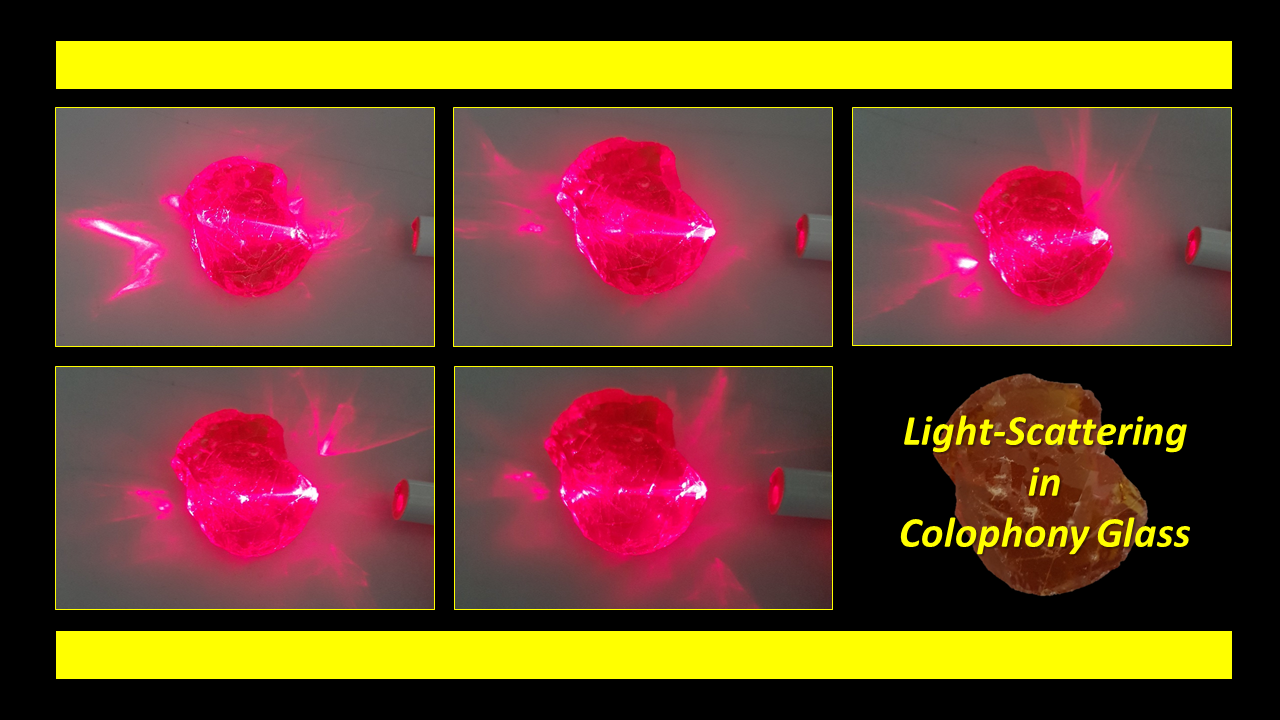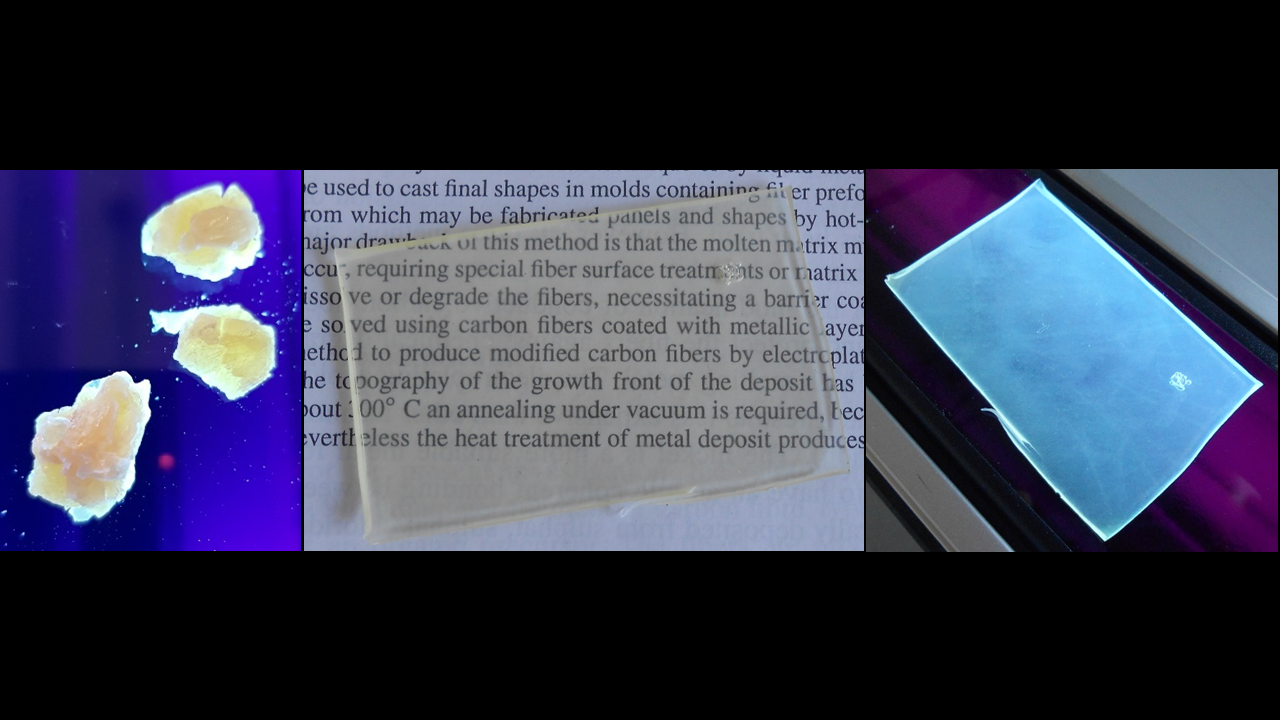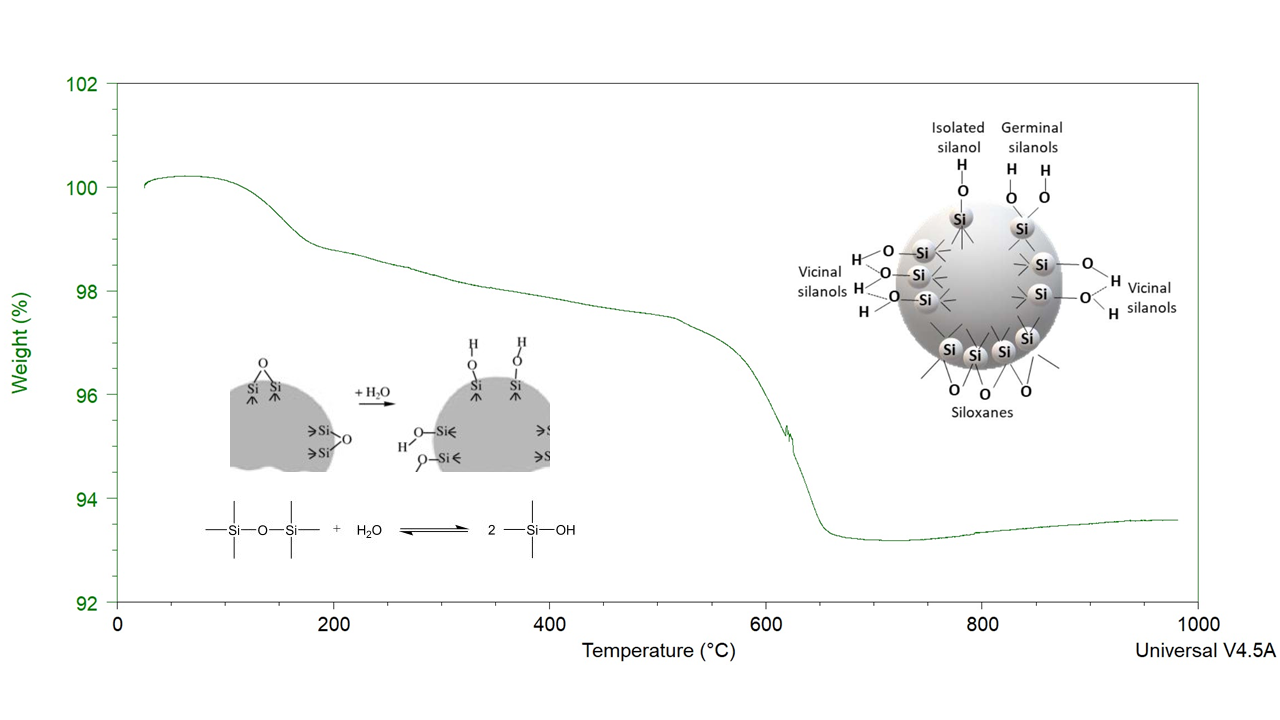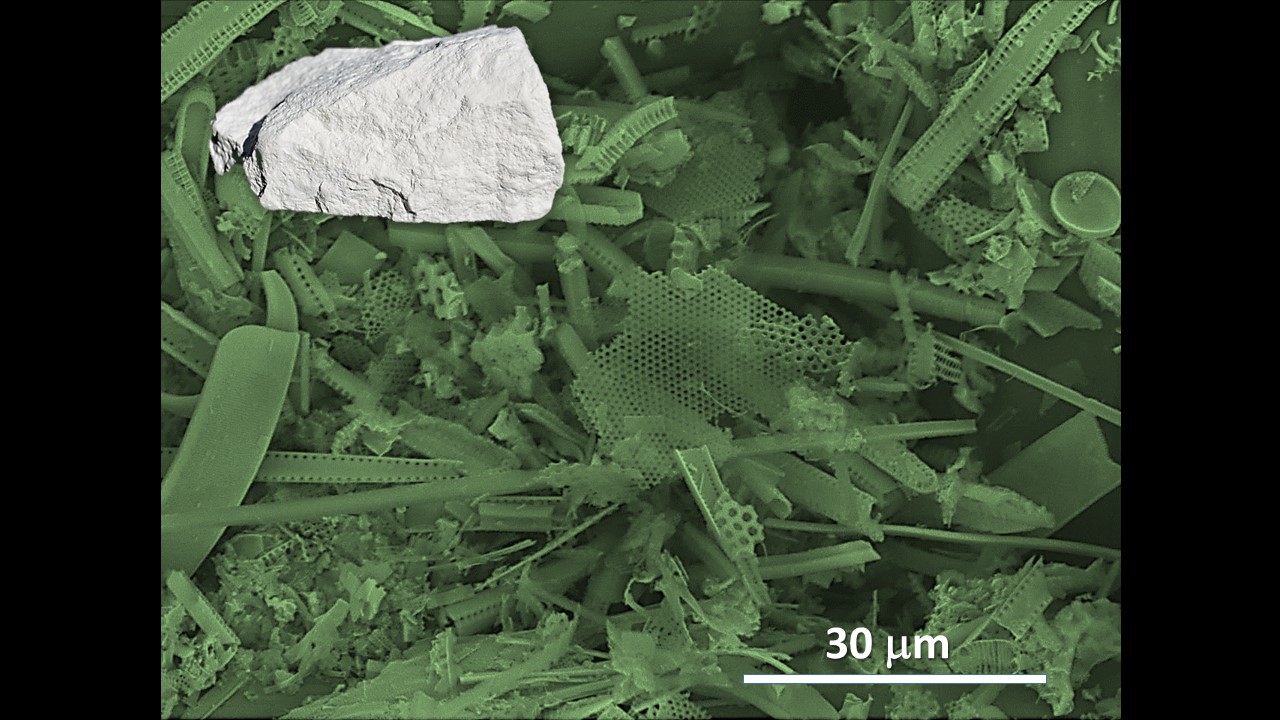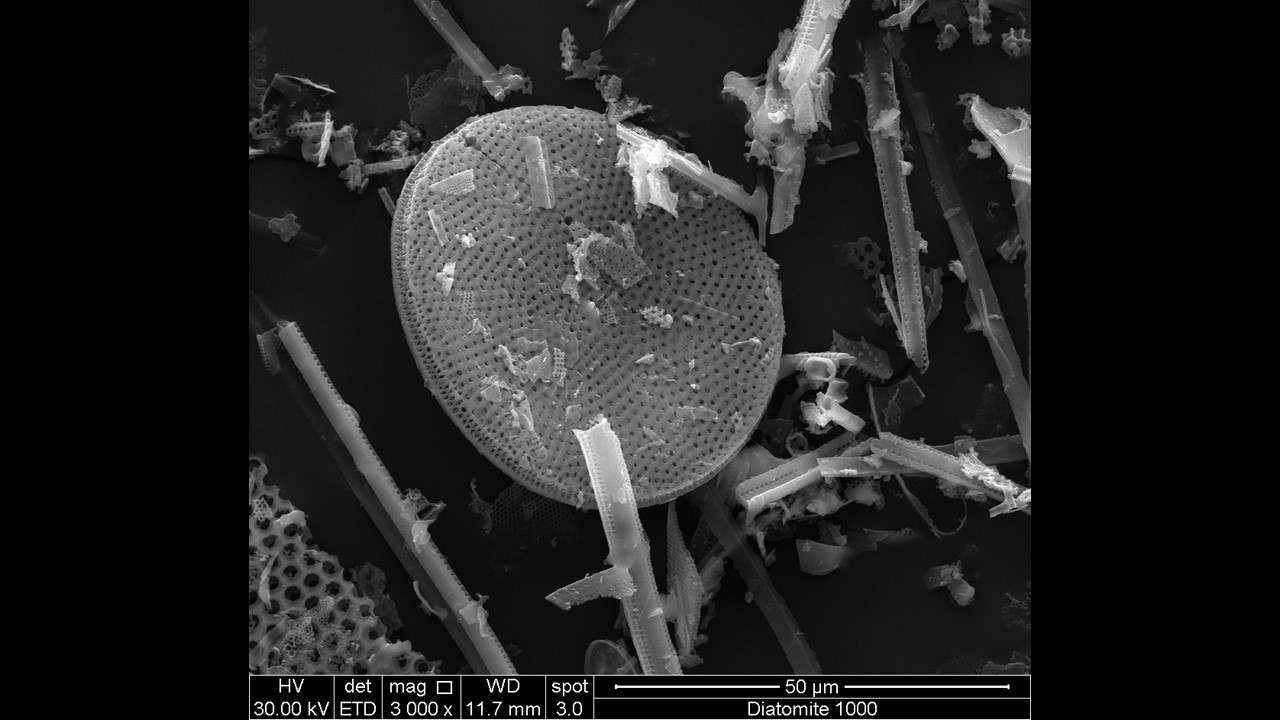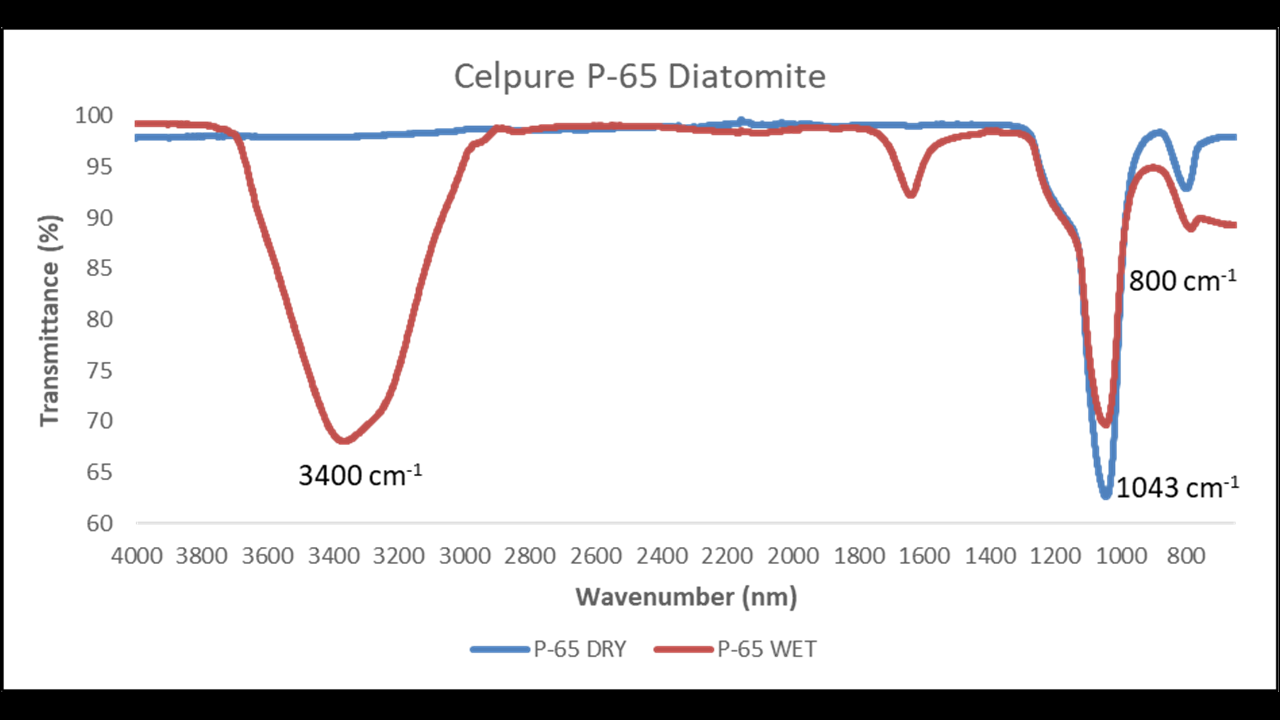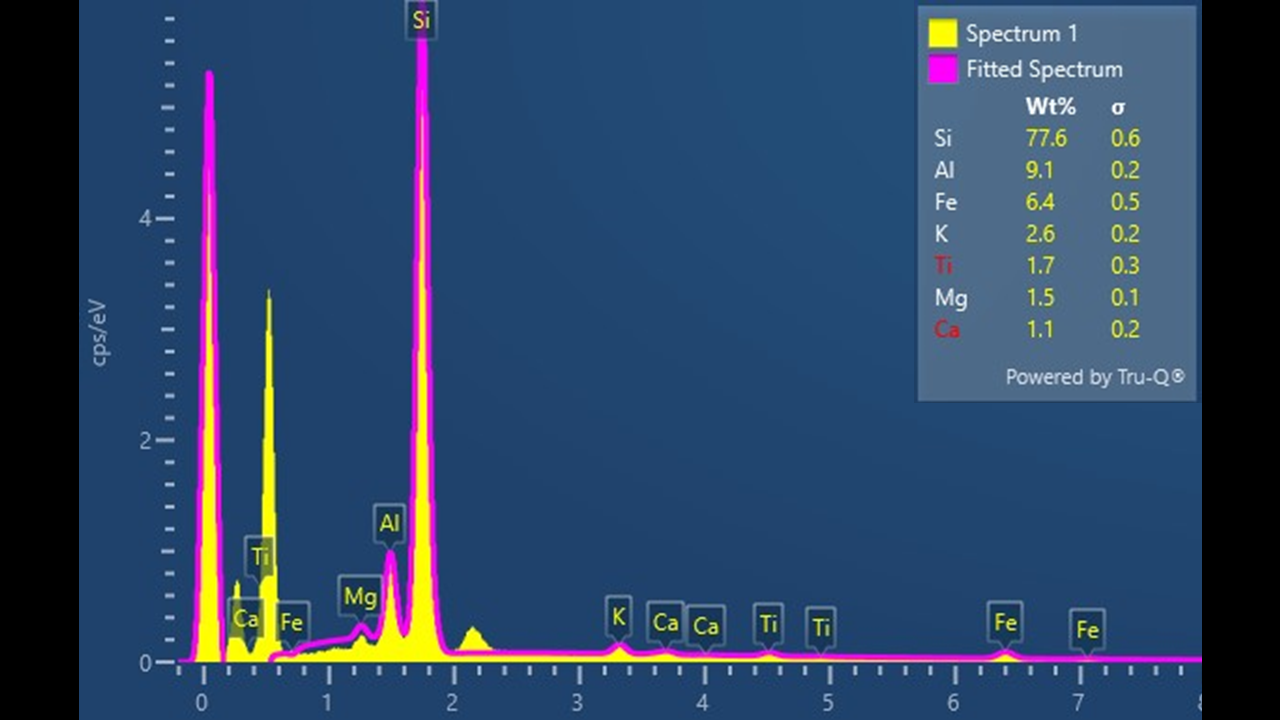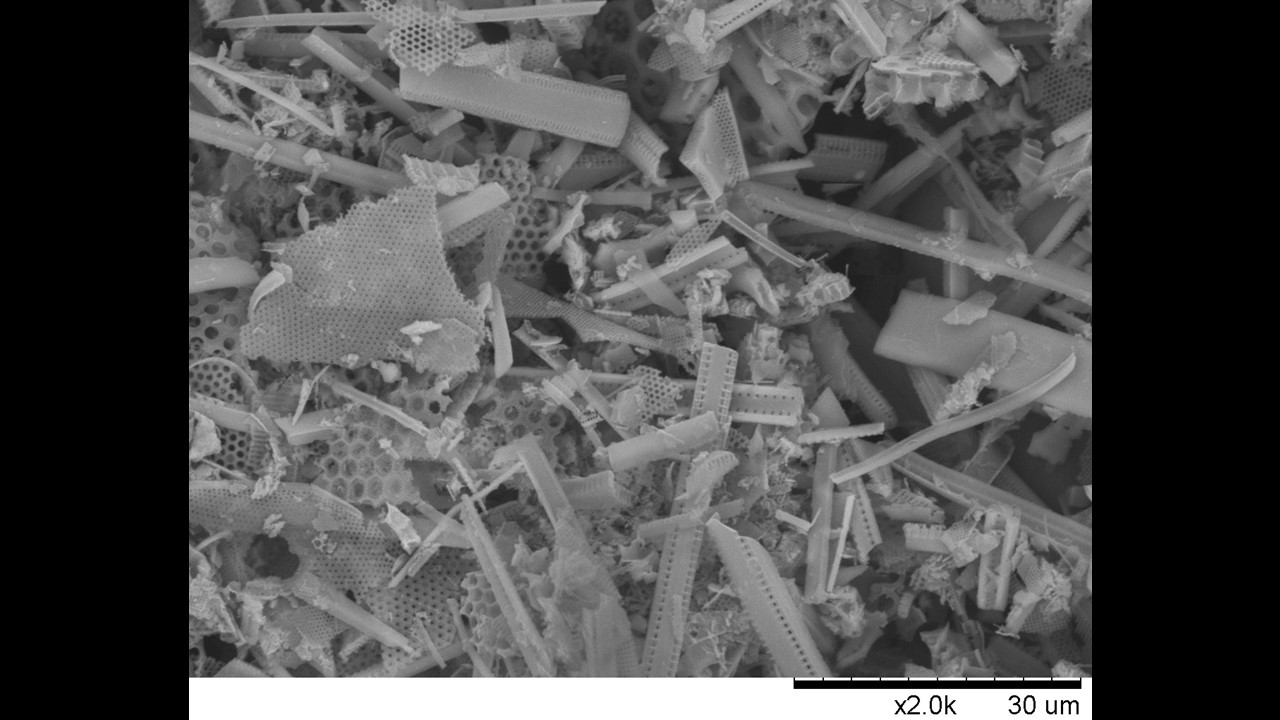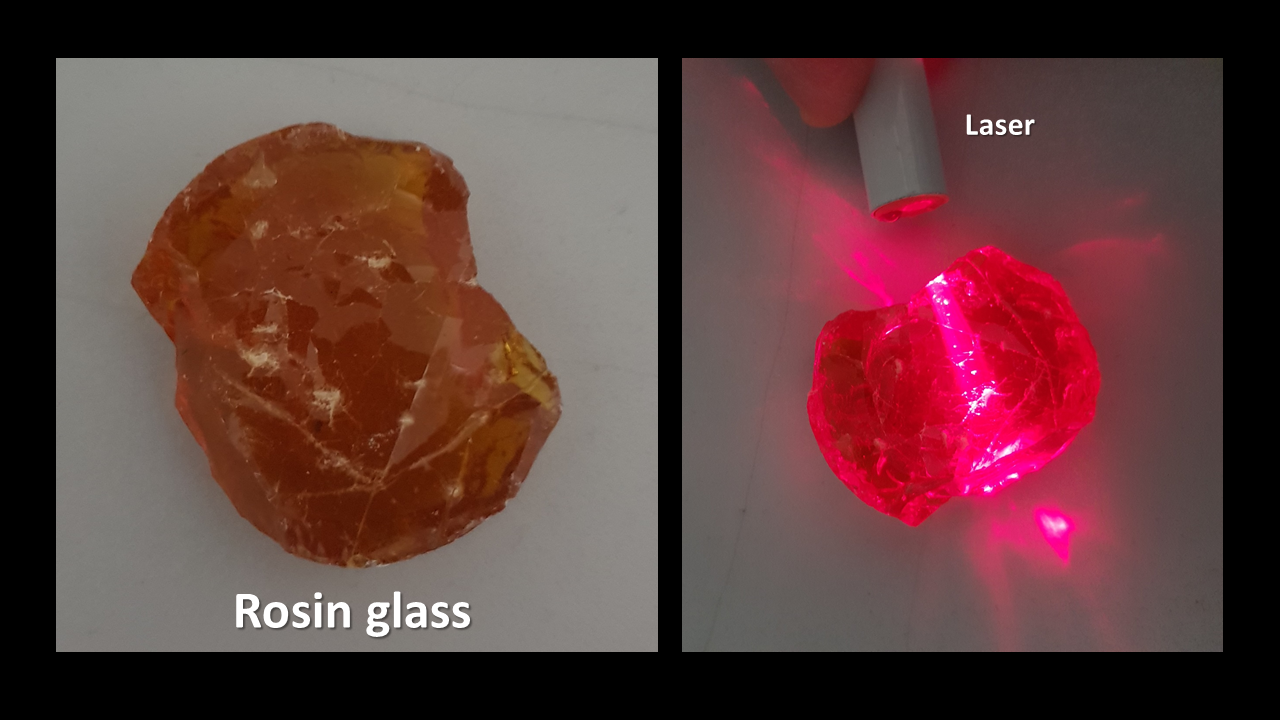
Rosin (named also colophony and principally made of abietic acid) is a natural resinous product with great applicative potentialities and, for such a reason, this substance has been widely technologically exploited throughout the history of humanity. Rosin represents a typical example of ‘multifunctional material’ because it shows countless functional properties. The early use of this substance has been as ‘surface polarity-reversing’ coating. Owing to the carboxylic group (-COOH) present in the abietic acid molecule, the substance easily graft polar surfaces like that of wood, paper, cotton, natural fibers, etc. When the carboxylic group has reacted (condensed) with the surface hydroxyls (-OH), being not-polar the remaining part of the molecule, the substrate surface results coated by a continuous hydrophobic layer. This coating layer also increases the surface friction coefficient and has sealant capability. In addition, this nature-made resin shows strong fluorescence (blue light emission)[1] for the presence of one diene group (i.e., C=C-C=C) in the hydrophobic part of the molecular structure, antiseptic/antimicrobial characteristics, a yellow or red visible coloration, etc., these useful technological properties make this substance a real ‘multifunctional material’. However, there are still unknown, technologically useful potentialities of rosin that have never been mentioned in the literature, like the following one which deals with the optical field. A perfectly transparent, amber glass of rosin can be obtained by cooling molten rosin at room temperature. This completely amorphous solid phase is a very inhomogeneous optical-grade medium in a meta-stable state, that is capable to remain practically unchanged for years. The inhomogeneity of rosin arises principally from a fluctuating density value and residual stresses in the solid body, that in turn causes variations of the glass refractive index. This unusual optical property generates an exceptional light-scattering phenomenon, when the glass is irradiated by a red laser beam. Scattering can be ascribed also to the presence of small fracture surfaces in the solid body, irregularities of the solid surface, impurities or small air bubbles in the solid body, etc. As visible in this picture, dispersion of coherent light (laser light) in inhomogeneous optical solids like the rosin glass is capable to produce very impactful visual effects quite similar to fireworks...
- Nature Sparkles by Design: Natural Molecules for Polymer Functionalization for Sustainable Design Applications. Springer Nature Link. Retrieved 2025-1-12
 Encyclopedia
Encyclopedia
